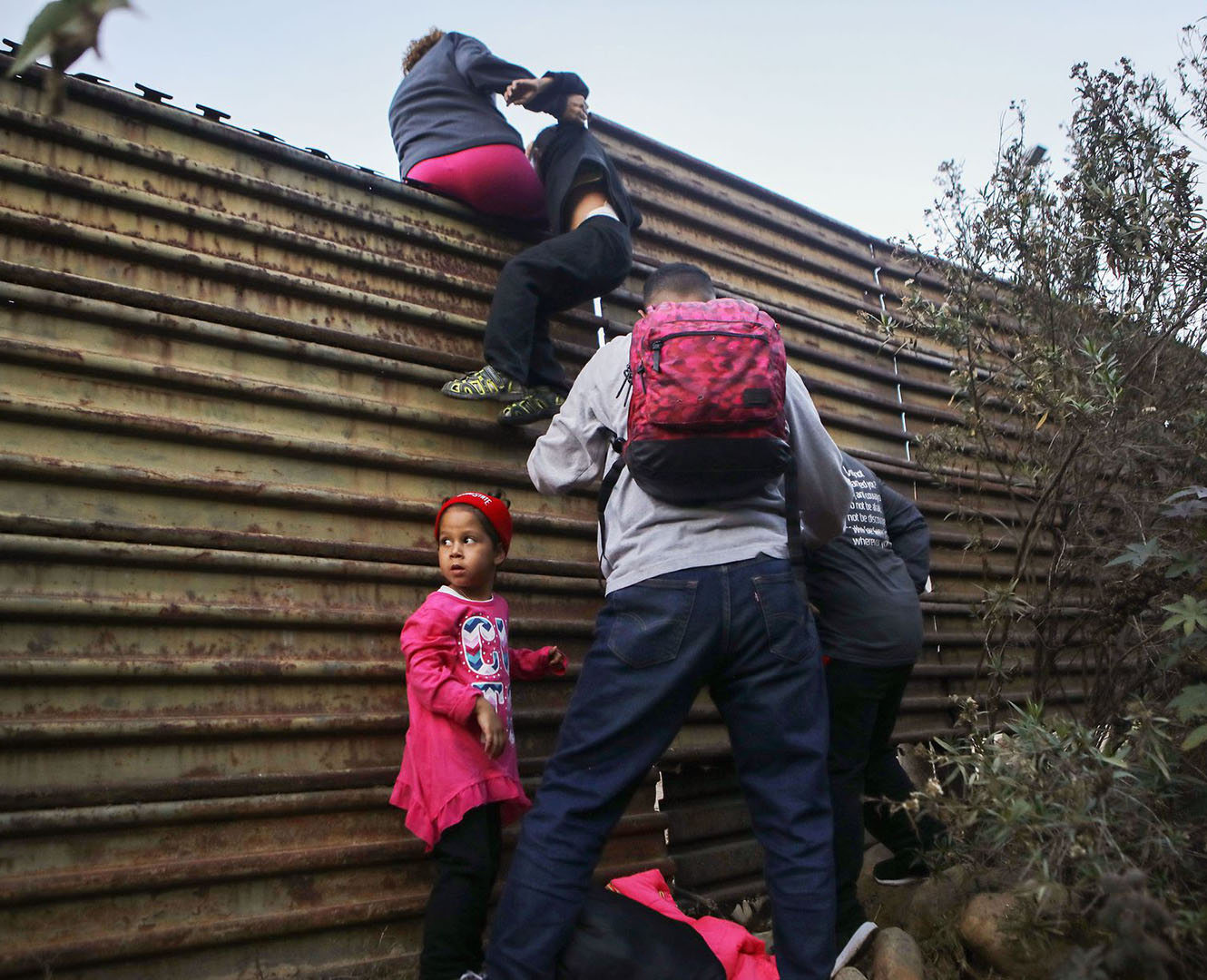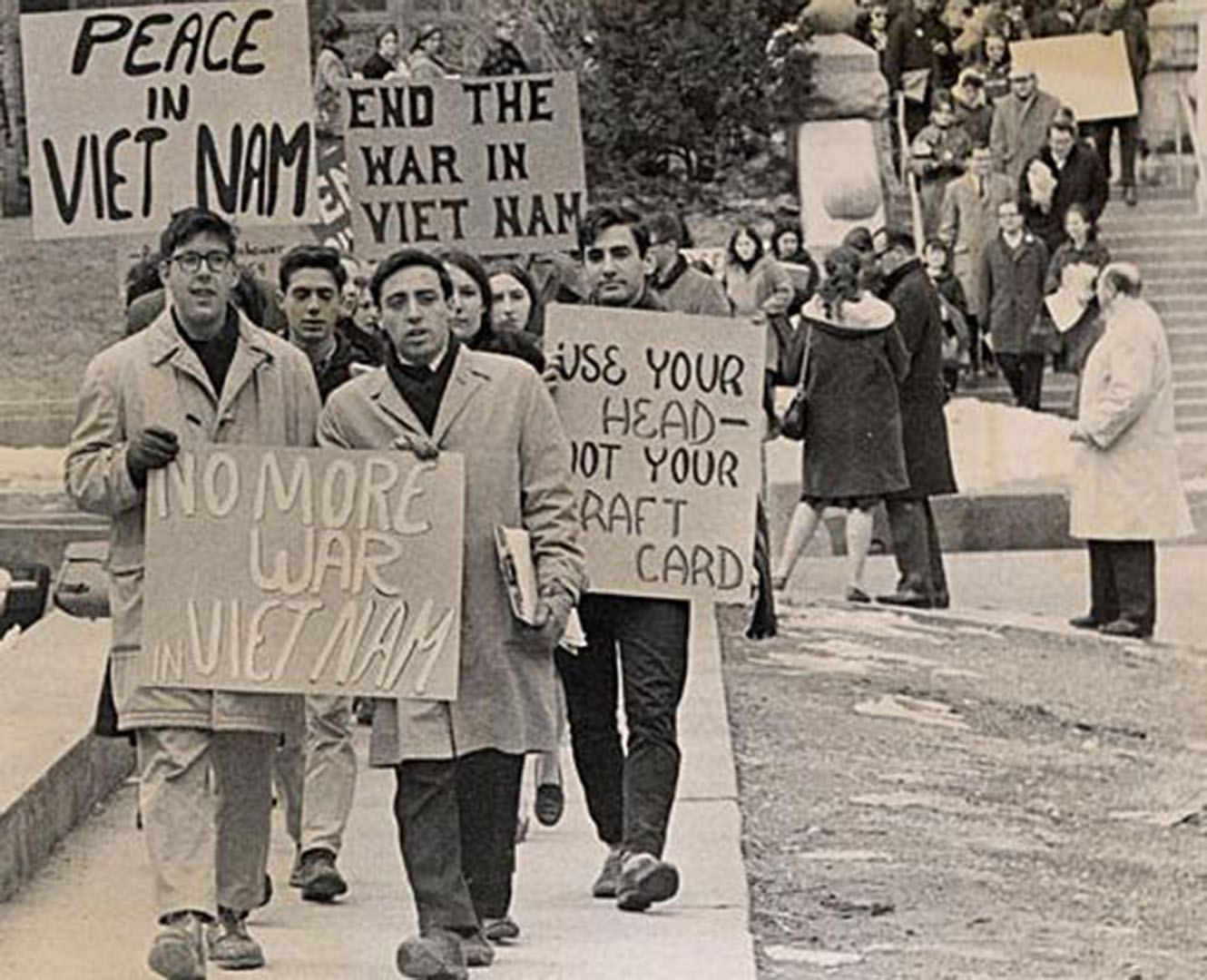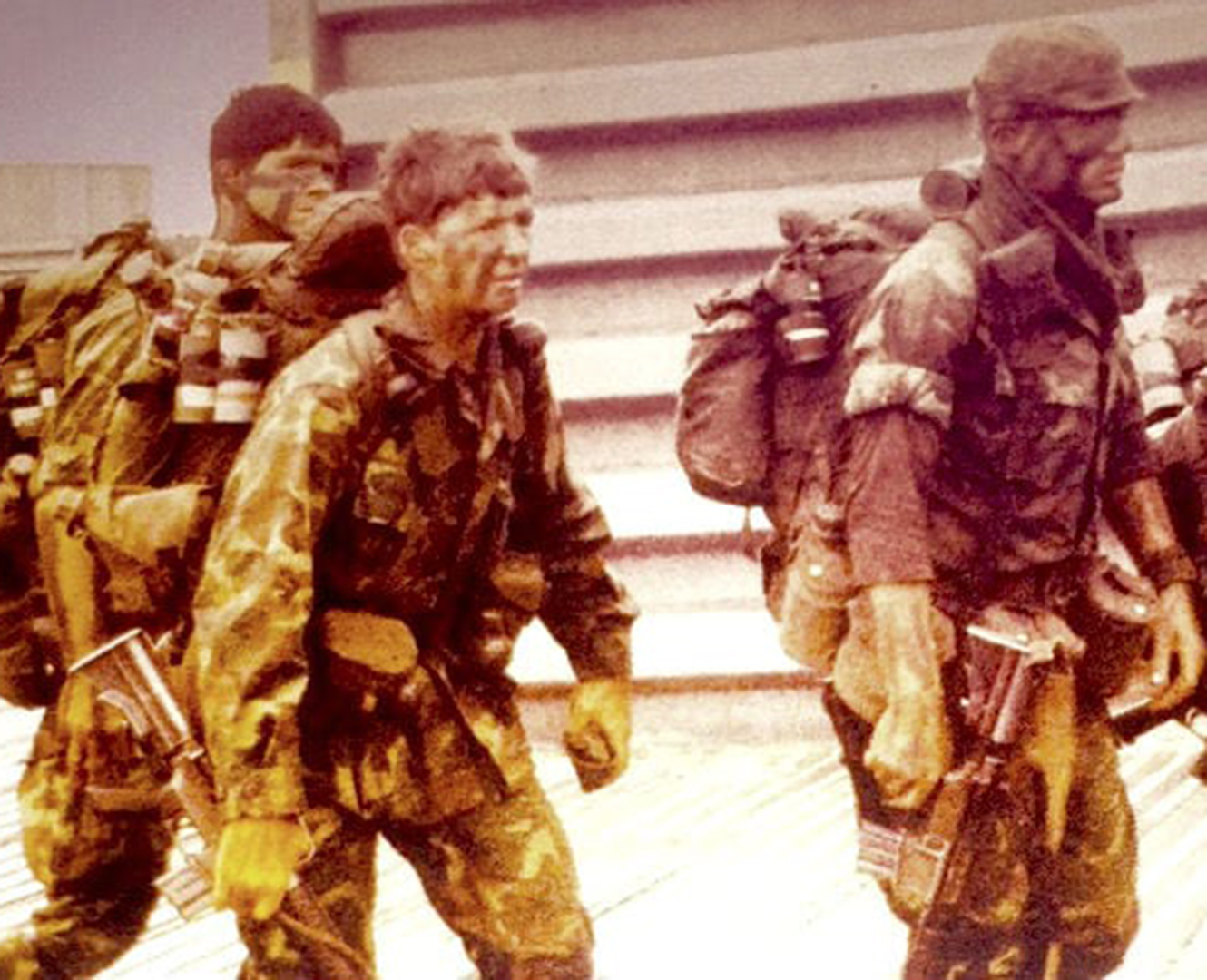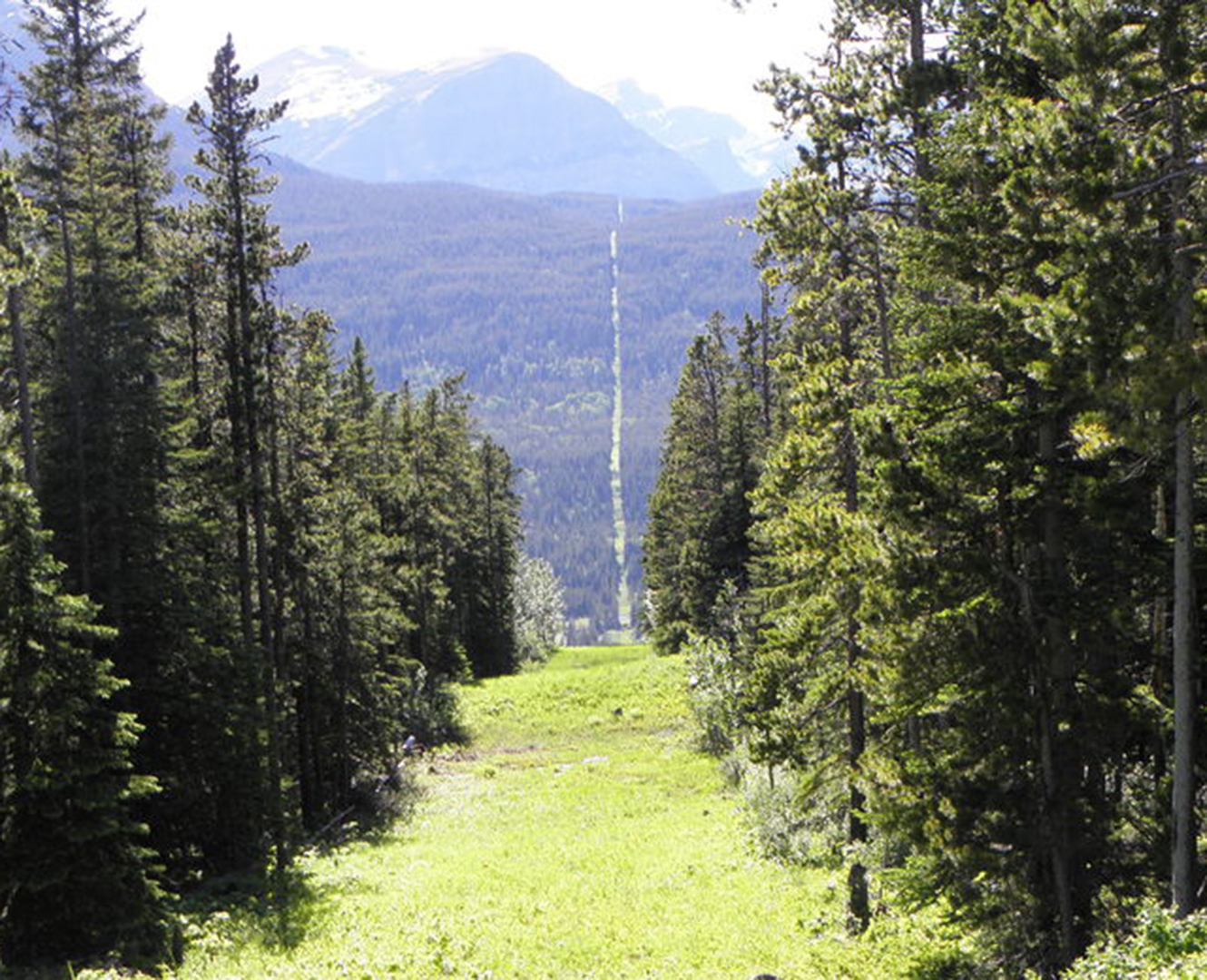By Stephanie Swensrude
The border between Canada and the United States is the longest border between two countries in the world. The two countries boast an amicable relationship and many Canadians follow American politics and culture as closely (if not more closely) as their own.
The border, however, has a bit of a strange history. Seemingly mundane and banal, the area between the two countries is the setting of unbelievable stories of courage, fear, and strangeness. Throughout time, people have crossed the border both ways for many reasons. These stories illustrate that the distance between the two countries is not as simple as it may seem.
The Ugly: Asylum Seekers Walking to Canada
Two men, originally from Ghana and fearing deportation by the United States, lost nearly all of their fingers from frostbite after crossing the border on Christmas Eve, 2016.
Seidu Mohammed and Razak Iyal got lost crossing the Canada-U.S. border through frozen farmer’s fields and were found nearly 20 kilometres north of the border.
Due to the “Safe Third Country Agreement” (STCA) between the two countries, if you are already an asylum-seeker in the US, you are unable to present yourself at the border and claim asylum in Canada.
The agreement is based on the premise that both countries are safe and that you should seek asylum in the first country that you enter. However, a loophole allows crossers to walk across the border through fields or dormant roads and then make their claims in the nearest town or city.
A 2017 study from Harvard named the United States “not a safe country of asylum” for those fleeing violence and persecution. This is due to President Trump’s executive orders that “prevent asylum seekers from meaningfully pursuing their claims and make an already deeply flawed system dramatically worse”.
Following these orders, Prime Minister Justin Trudeau tweeted “To those fleeing persecution, terror & war, Canadians will welcome you, regardless of your faith. Diversity is our strength #WelcomeToCanada”. It was seen by many as a direct response to President Trump’s actions against refugees and asylum seekers, particularly from Muslim-majority countries.

Photo via VOX
It may come as a surprise, then, that the Liberal government has repeatedly refused to amend the controversial STCA, even adding in an ineligibility rule that blocks would-be refugees from making claims in Canada if they have already made them in the United States.
Ahmad Hussen, Minister of Immigration from 2017-2019, travelled to Minnesota-St. Paul to discourage the immense Somali population from crossing the border irregularly, instead encouraging the asylum-seekers to cross legally.
However, Hussen also declined to make amendments to the STCA as of 2018 that would make it easier for Somalian asylum seekers to immigrate to Canada.
Refugee advocates and civil rights groups say that this agreement encourages crossing at unofficial ports of entry. From March 2017 to March 2020, approximately 58,000 people have crossed the Canada-US border between official ports of entry.
The fates of Mohammed and Iyal show just how dangerous this journey can be. A common thoroughfare used by these asylum-seekers is the area around Pembina, Minnesota and Emerson, Manitoba.
An unnamed woman who was in labour and trapped in the snow called 911 for help in March 2019. She was attempting to walk across the border near Emerson.
A group of five refugees who crossed in this area made headlines when a dramatic 911 call was made public. A man called 911 desperately as his group wandered around the February snow in 2017. One man in the group was unable to walk.
Mavis Otuteye, a woman from Ghana living in the United States under an expired visa, was found dead in May 2017 near the Manitoba-Minnesota border. The autopsy ruled that she had died from hypothermia, showing the journey can be fatal no matter what season the journey takes place.
The Infamous: Vietnam War Draft Evaders and Deserters
Perhaps one of the most well-known bits of history around the Canada-U.S. border concerns the Vietnam War. In 1968, the Canadian government announced it would essentially welcome the Vietnam War draft evaders from the United States. Up to 40,000 Americans crossed the border to avoid serving in the Vietnam War, mainly sons of upper-middle-class white families.
However, up to 125,000 people migrated to Canada from the United States due to their opposition to the war. This was and remains the largest politically-motivated mass migration of people from America to Canada since the American Revolution.

Photo via Wikipedia
The mass migration of these mainly college-educated, left-leaning men had a massive effect on Canadian society. Over twenty anti-draft groups existed across Canada that helped these men adjust to life in their new home.
Due to Canadian immigration policy at the time, it was easy for almost anyone to obtain legal status in Canada. These draft evaders, fearing for their lives and opposed to the war, were essentially welcomed and sheltered with open arms.
The Strange: The Lost Stories of the Canadian Vietnam Veterans
Much more quietly than their American counterparts, about 30,000 Canadians moved south to sign up for the Vietnam War.

Photo via CBC
Though some were dual citizens, others were driven by a desire to fight communism or a love of adrenaline. Others wanted the discipline of war as well as to pick up skills to bring back home. It was a job that allowed you to see the world, pick up a trade, and earn some money.
For a long time, these Canadians were not offered the same support usually afforded to veterans upon returning from conflict. Many don’t have the same sense of pride as some American veterans have regarding the war.
The Petty: Six Metres of Nothing
The border is commonly referred to as the world’s longest undefended border, though this is only true in the military sense, as civil law enforcement does patrol both sides. However, compared to the border between the United States and Mexico, security is virtually non-existent.
The only thing that defines much of the border, in fact, is what’s known as a border vista. Commissions from both countries employ crews to maintain a six metre area between the two countries. The commissions cut down all the trees and vegetation in the area, and if you look on Google maps, you’ll see the strange line cut into the forest along certain stretches of the border.

Photo via Atlas Obscura
The border between Canada and the United States holds decades of history.
Though much of the thousands of kilometres are through tranquil forests, over quiet lakes or through simple prairie farmlands, the land pays witness to incredible stories. These stories can be considered microcosms for the relationship between the two countries at large.
The land has been pounded by hundreds of feet, fleeing to save their lives, and risking everything in the process.




